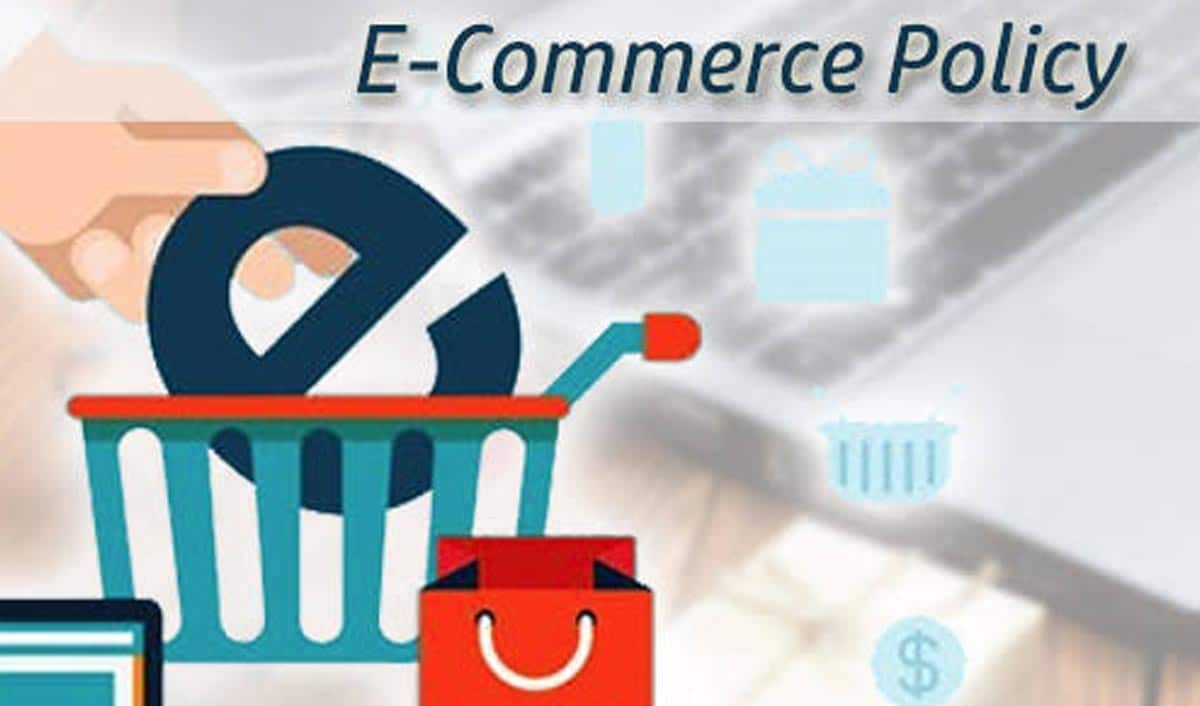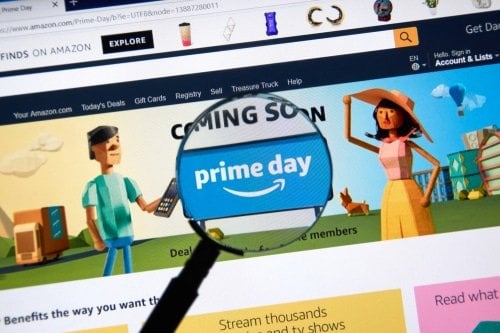One doesn’t need to be a genius to notice the fast-changing world of retail. Not so long ago, consumers had dedicated places where they could go and buy the product they needed.
But now, products can be bought and sold with a few touches of the finger on a screen. It has opened a new world of e-retailing.
There is always the option of visiting a brick and mortar store but customers are now increasingly opting to shop on their laptops, smartphones, kiosks placed at strategic locations, social media or through teleservices, mail order et al.
The marketers came up with Multi-channel retail to cater to the evolving buying pattern by having bricks and mortar stores, catalogue business, call centre which took buying orders and online retail with e-commerce.
The problem was that each of these channels acted as single units or independent silos that might or might not communicate with each other. In such a scenario, customers could find different prices at each of these channels which would leave the customers infuriated.
Omnichannel evolved when multichannel failed to provide answers to a plethora of issues regarding customer satisfaction, in-sync pricing at different channels, return policies, inventory optimization, supply chain management etc.
There was a latent need to find a way to bring these channels together in-sync. The end goal was to provide the customer with a seamless experience and Omnichannel did well to be effective in addressing some of the issues.
Whether a customer looked up a retailer and visited their online catalogue or they ordered via the retailer’s teleservice, the buy order should reflect and be acknowledged across their sales service channels.
Omnichannel provided the customers with the flexibility of either picking up the order after an in-store visit to check the order for defects or comfort etc or they could get it shipped directly to an address of their choice.
Even though Omnichannel did put a lot of pieces of the puzzle together, some business functions still operated as single silos with little communication with other channels like the call centre.
These functions often have complex interdependencies and require frequent manual intervention which eventually leads to inefficiency and higher costs.
As competition rises, reducing costs and improving customer experience has become a very pertinent issue for the retailers to stay operational and relevant so there is a reason why we are talking about unified commerce vs omnichannel systems right now.
Unified Commerce Vs Omnichannel Systems

According to a research report by Periscope, 78% of retailers know they are not delivering Omnichannel experiences fast enough and there is no one brand experience for the customers.
This is where Unified Commerce and its difference with omnichannel systems come into the picture.
What is Unified Commerce?
According to SoftwareAdvice, the IT research firm Gartner defines Unified commerce as:
“The practice of providing flexibility, continuity and consistency across digital and physical channels to deliver a superior customer experience. This consistency includes multiple phases of the customer’s buying journey, including when a customer is searching, browsing for, transacting, acquiring and consuming a product or service.”
Where Unified Commerce differs from Omnichannel systems is that instead of trying to connect the different functions of the business through an external system, retailers create one common platform that enables the different functions of the company.
The result: Customers get an identical brand story across different channels resulting in a seamless experience.
In that essence, Unified commerce is more of an architectural approach than an externally interconnected system approach that requires manual intervention to communicate.
It effectively identifies an order as one across different interaction touchpoints and seamlessly engages customers. Unified commerce is efficient because it overcomes the limitation posed by an Omnichannel system.
Unlike Omnichannel systems, Unified commerce abandons its focus on the integration of functions for expansion through its channels, but bundle up all the interaction touchpoints that impact a customer’s buying experience.
Unified commerce tends to laser focus on greater integration of otherwise independent business functions, including inventory, staff, systems and channels.
Why is Unified commerce important?
According to a 2015 study conducted by the National Retail Federation, Ecommerce Foundation and Ecommerce Europe with Demandware — in which they surveyed nearly 300 retail businesses in the United States along with European and Australian retail business and technology executives, 53% expected to upgrade to a unified commerce platform over the next couple of years.
To put things in perspective of how fast that notion is evolving – that number is up by approximately 50% from the year prior.
Gartner reports that by the end of 2020, 81% of marketers predict that the market would be competing solely based on customer experience, which means, without delivering in excellence in customer experiences, it would be difficult for the business to stick around for long.
A modern shopper will engage with a retailer based on reviews around seamless shopping experiences and it will soon become the qualifying bar for closing a purchase.
In 2020, the businesses are already aware that unified commerce experiences are the need of the hour because the blending of shopping experiences across multiple channels has become the norm.
Consumers are engaging with brands on their phones while they checkout a different retailer on their computer screen. They’re validating prices while comparing them and checking products with multiple vendors on Amazon and checking Instagram profiles of retailers dealing in similar products.
And right now we aren’t even taking into account the impact of augmented reality consumer apps and AI-enabled virtual personal assistants (i.e., Amazon Echo, Google Home) in customer interaction touchpoints.
The foundation stones of unified commerce must be laid now by the retailers to not only meet customers’ expectations but exceed them if they want to survive the evolving market scenario.
How will Unified commerce impact retail businesses?
Now that we have seen the importance of Unified business, let’s see how it can positively impact business growth.
1. Higher Sales Revenue: Now who doesn’t want higher sales and even higher revenue. Armed with a unified commerce strategy, retailers can now leverage the intuitive experience of the platform for new customer acquisition because it breaks down the buying and shopping process into enjoyable interaction touchpoints.
Whether customers want to visit the store for a pick-up or they want it delivered at their home or office address after an online purchase, it’s become smoother than ever with unified commerce. And so the organizations can leverage that data by enhancing their targetted marketing and promotional campaigns to boost sales.
2. Lower Manual Intervention Reduces Errors: Higher manual interventions increases the probability of human errors in an omnichannel experience which leads to higher costs because of systems that are not equipped to communicate with each other.
In Unified commerce, the technology is leveraged to connect the retailer’s ecosystem into a single source of information flow, which reduces manual intervention based errors and hence costs.
3. Predictive Analysis based Forecasting: With the most accurate data at their disposal, companies can make better predictions and forecast customer behaviour based on the pattern of their interactions at various touchpoints like social media.
4. Optimized Inventory: The integrated platform of unified commerce experience provides organizations visibility across functions and channels to make them aware of what they have – and don’t have – and how much they need in the inventory.
Unified commerce is all about an integrated ecosystem. The core idea of a Unified commerce experience is to design a centralized platform that can integrate every business function critical to a smooth experience and streamline touchpoints which is critical to happy customer interactions.


































